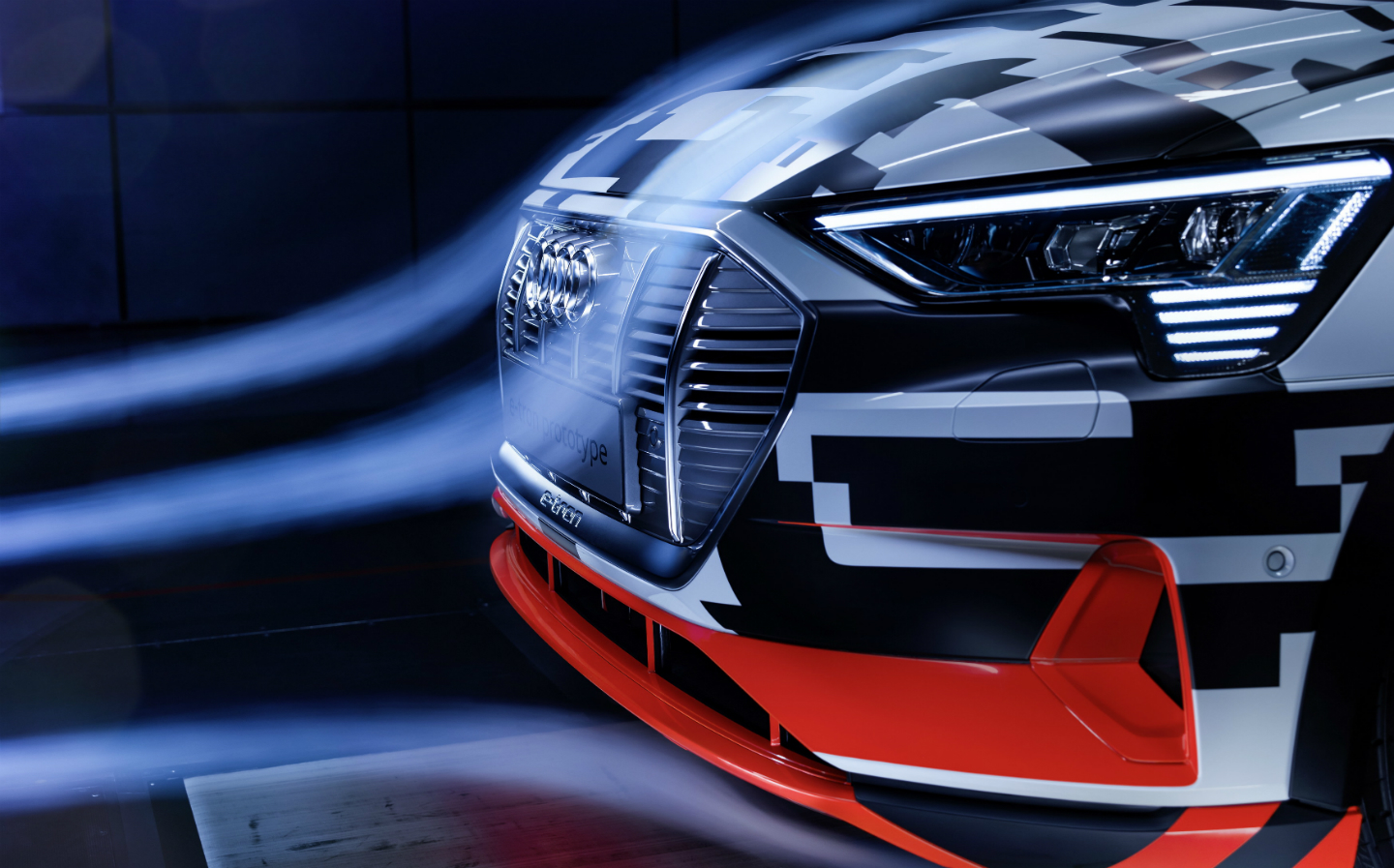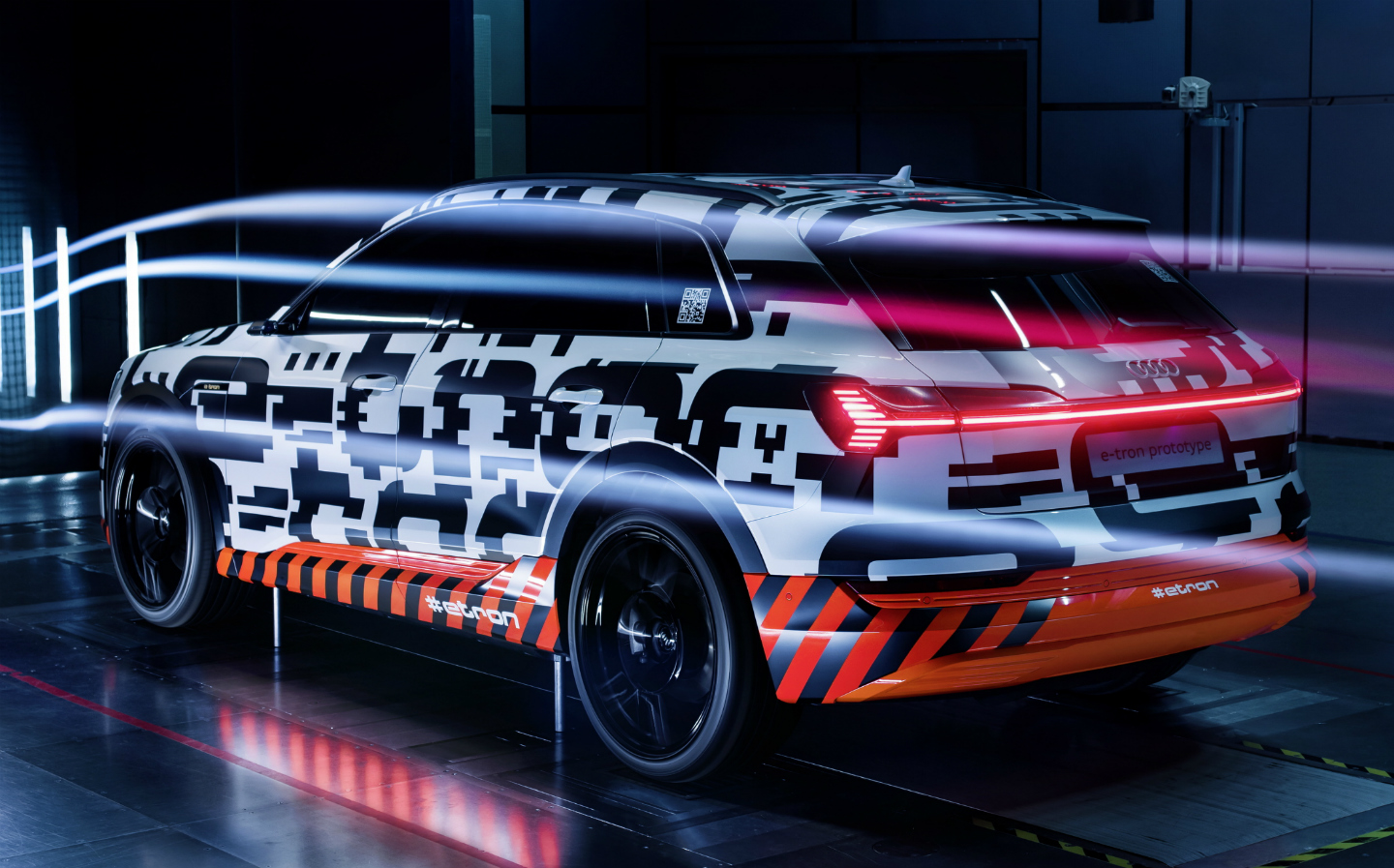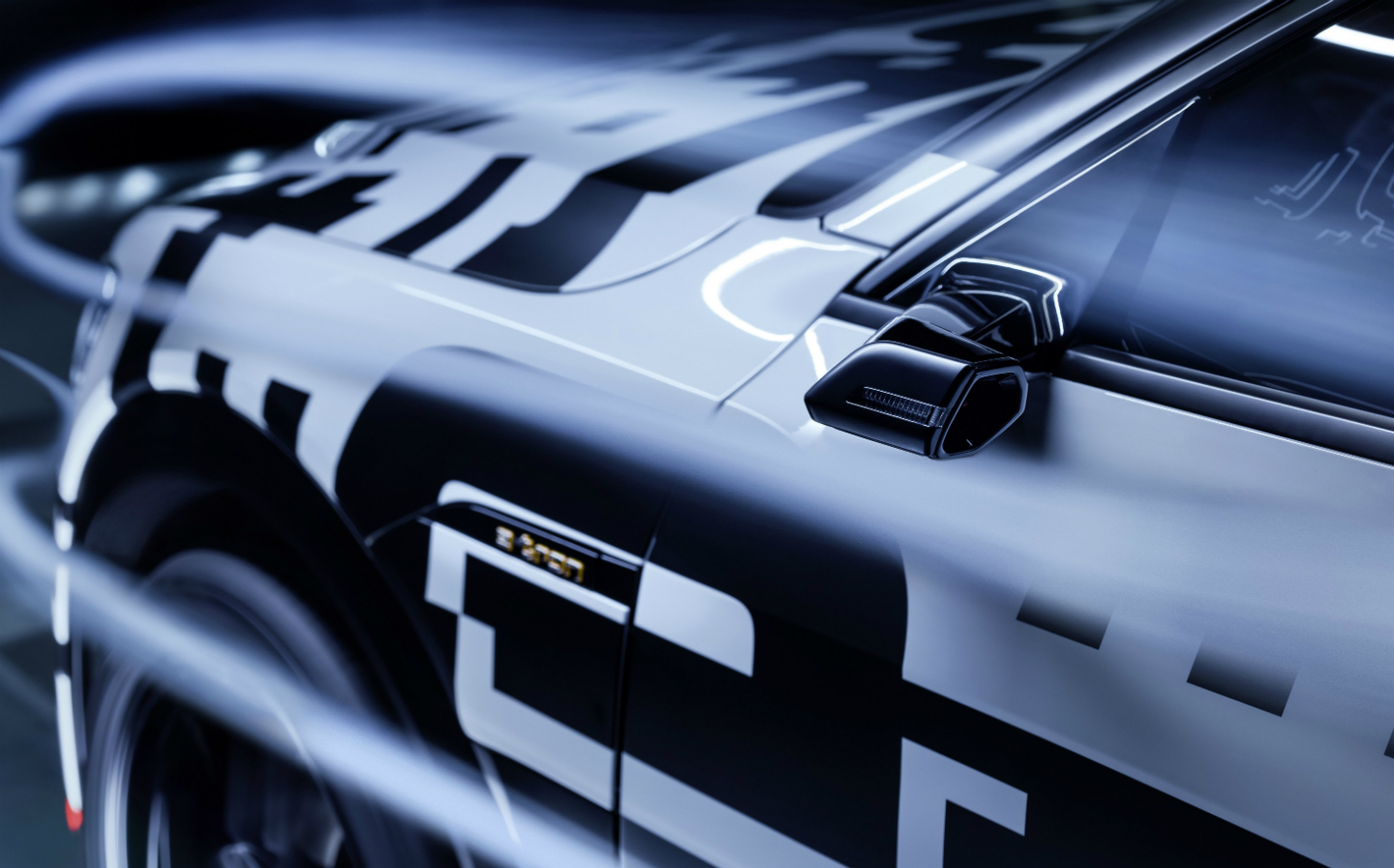The death of door mirrors: Audi e-tron electric SUV uses cameras instead
I can see clearly now - hopefully…
GERMAN CAR giant Audi has signalled the death of door mirrors, after revealing that its new e-tron electric car will be available with video cameras instead of wing mirrors.
It could help combat the modern-day malaise of cars that seem to be becoming too wide for the road. And in the process, every driver’s pet hate – the smashed wing mirror – may soon become a thing of the past.
The car company is not the first to experiment with cameras at the side of the car that send a live image to in-car displays, but it claims to be the first to bring the innovation to showrooms in a mass-produced model.
Browse NEW or USED cars for sale
By using cameras instead of glass, engineers and designers have been able to narrow the widest point of the e-Tron by almost six inches (15cm).
Where the wing mirrors would normally sit, small cameras are housed in streamlined fairings. The images are sent to a pair of high-tech, organic light-emitting diode screens (OLED) which are positioned between the dashboard and the door. Audi says that the cameras can be adjusted to show one of three views, allowing for road driving, turning and parking.
The idea of fitting mirrors to cars can be traced back to Dorothy Levitt, the first British woman to compete in a motor race. She published a motoring book in 1909, entitled: “The Woman and the Car: a Chatty Little Handbook for All Women who Motor or Want to Motor”. As well as advising women to carry a revolver under the driver’s seat, she recommended using a long-handled mirror to check the road behind.
The heroes and harebrained: men and women who shaped British motoring
A more practical option soon followed and the first advertisement in The Times to mention a driving mirror came in 1916, for a Morgan-bodied 10hp Vauxhall. However, the first patent for a car mirror was given to Elmer Berger in 1921, so he is commonly considered the inventor of the rear-view mirror as we know it.
At least one wing mirror has been a legal requirement for all cars sold in Britain since 1978.
Audi’s Jaguar I-Pace rival
The camera system will be a cost option for buyers of the e-tron, which is a sport utility vehicle that is Audi’s first mass market electric car, set to compete with the BMW IX3, Jaguar I-Pace and Tesla Model X.
It has been offered as the company attempts to eek out every possible aerodynamic advantage, helping the large family car pass through the air as smoothly and efficiently as possible, in turn ensuring that the electric car’s driving range – more than 300 miles – is achievable.
The e-tron is on sale now in Britain, with buyers able to place a £1000 deposit. Charging times are broadly similar to those claimed by rivals. Audi says the e-tron’s battery pack – which drives two electric motors, known as e-quattro – will recharge to 80% capacity in less than 30 minutes – when using a fast-charging stations with up to 150kW capacity. However, as revealed by Driving.co.uk, there are presently no publicly available rapid chargers with more than 50kWh capacity.

Air suspension is standard on the Audi e-Tron, lowering the car by 26mm at speeds above 75mph for greater efficiency, while the underbody is completely flat. The front of the car features a host of ventilation ducts that open or close according to driving conditions.
Audi says that every hundredth sliced from the 0.28 drag figure is worth around three miles of extra range in everyday driving, and adds it impacts efficiency even more than the rolling resistance of tyres.
Tweet to @squarejames Follow @squarejames
BMW’s new wireless charging ‘GroundPad’ available for electric cars this year (video)






